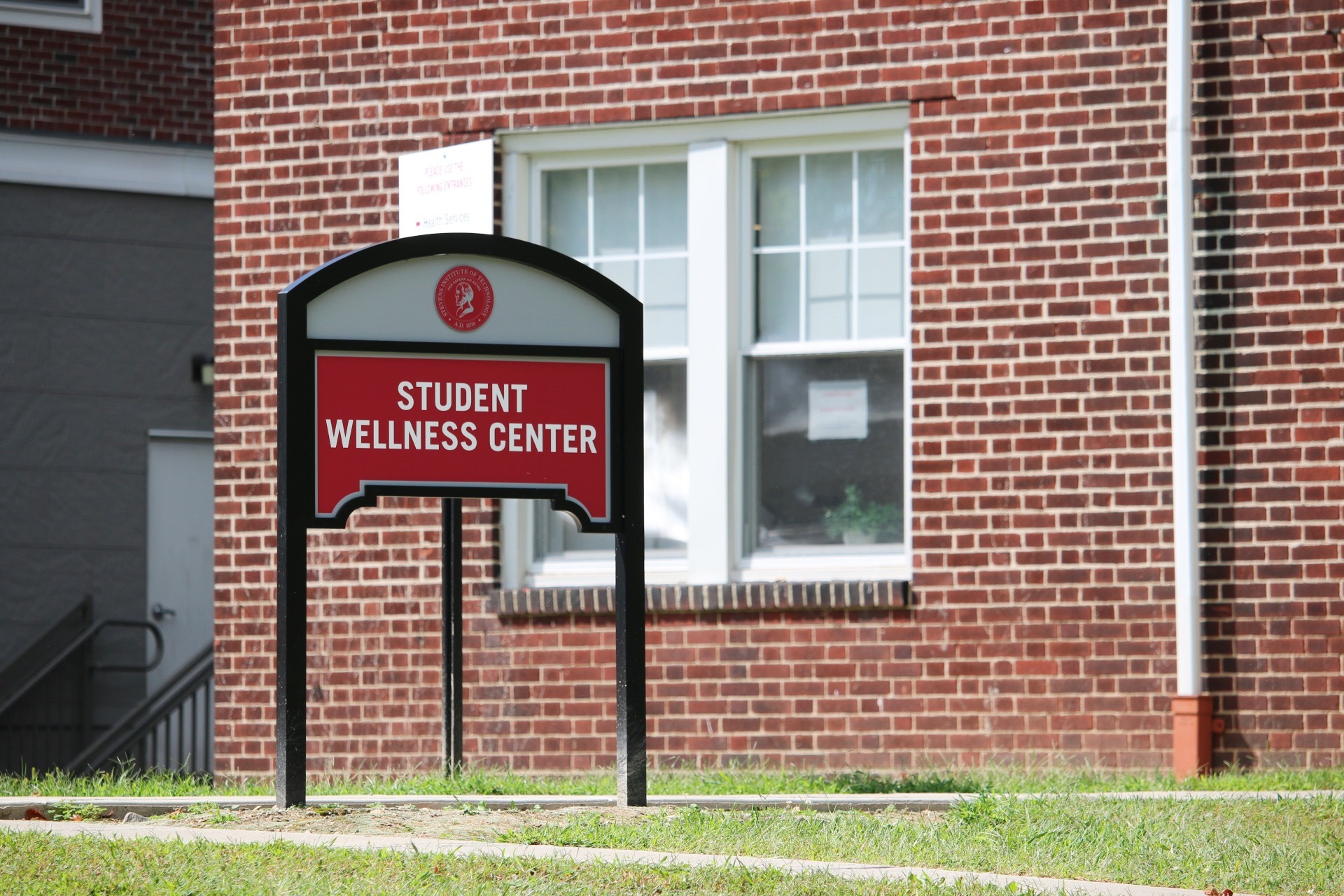Feeling down from rainy days? While most people find gloomy skies disheartening, prolonged exposure to bleak weather can lead to more than just the blues for people suffering from seasonal affective disorder, or SAD. SAD is a condition that affects up to 5% of adults in the U.S., triggering moodiness, sleep issues, mental fatigue, and other symptoms associated with depression.
“When someone is experiencing seasonal affective disorder (SAD) they are basically experiencing all the symptoms of major depression but in a way that is uniquely linked with the change in seasons,” says Eric Rose, Ph.D Licensed Psychologist and Director of Student Counseling for Counseling and Psychological Services (CAPS) at Stevens. “The symptoms start and stop at the same time each year [usually starting in winter and ending in the spring]. There is also a unique symptom profile that helps distinguish SAD from other types of depression. I think of it kind of like ‘hibernation mode’ – people with SAD often feel low energy, increased need for sleep, and increased appetite (especially for carbohydrates). Additionally, SAD often makes folks feel both highly sensitive (particularly to rejection) and irritable.”
While more common over the fall and winter seasons, SAD can occur over the spring and summer as well. The changing hours of sunlight across the seasons alter the body’s natural circadian rhythm, affecting the production of hormones such as serotonin and melatonin which regulate sleep and mood. Over time, these hormones can cause feelings of tiredness and worsen the person’s overall mental health.
People with a family history of SAD, or having related conditions like bipolar disorder or depression, are especially susceptible to its effects. Living farther from the equator also affects the severity of SAD, due to the greater fluctuation in daylight hours. However, the condition itself can be managed with some preparation and light treatment.
“SAD is highly treatable,” says Rose. “The easiest interventions involve good sleep hygiene, regular aerobic exercise, and vitamin D supplements. Some of the most effective interventions involve lamps and light ‘simulators’ that mimic the sort of exposure to sun one would have in the spring or summer months. Lastly medications (prescribed by a licensed physician) can also be quite helpful.”
In addition to the above, talk therapy with professional counselors and other trusted individuals also help to mitigate the psychological harms of SAD.
“The team at CAPS is highly trained in talk therapy and this is what we most often provide to students in distress,” says Rose. “Extensive research is available on the ability of talk therapy to provide relief for depression (and most other forms of emotional distress). We also provide educational workshops and presentations on things like depression and anxiety where students can learn tools they can do on their own even without a therapist. To learn more about what CAPS can offer students can visit us on the web at stevens.edu/CAPS.”
To address any symptoms of SAD or other kinds of depression you may be experiencing, make sure to utilize the free resources provided by Stevens such as CAPS.

Be First to Comment